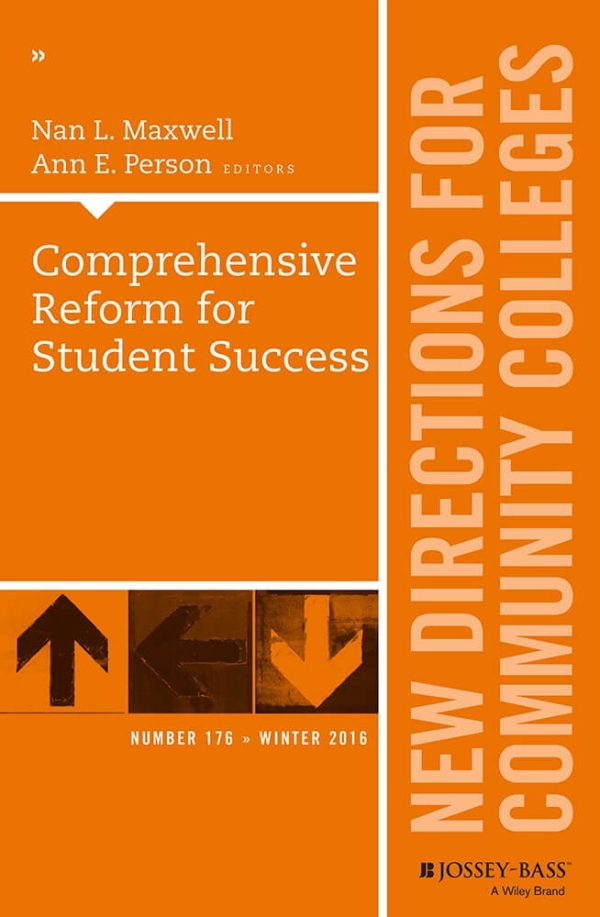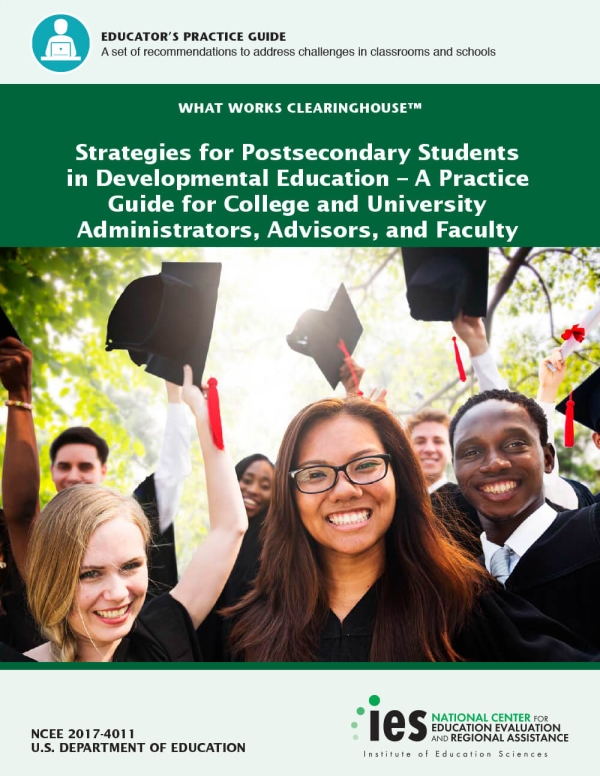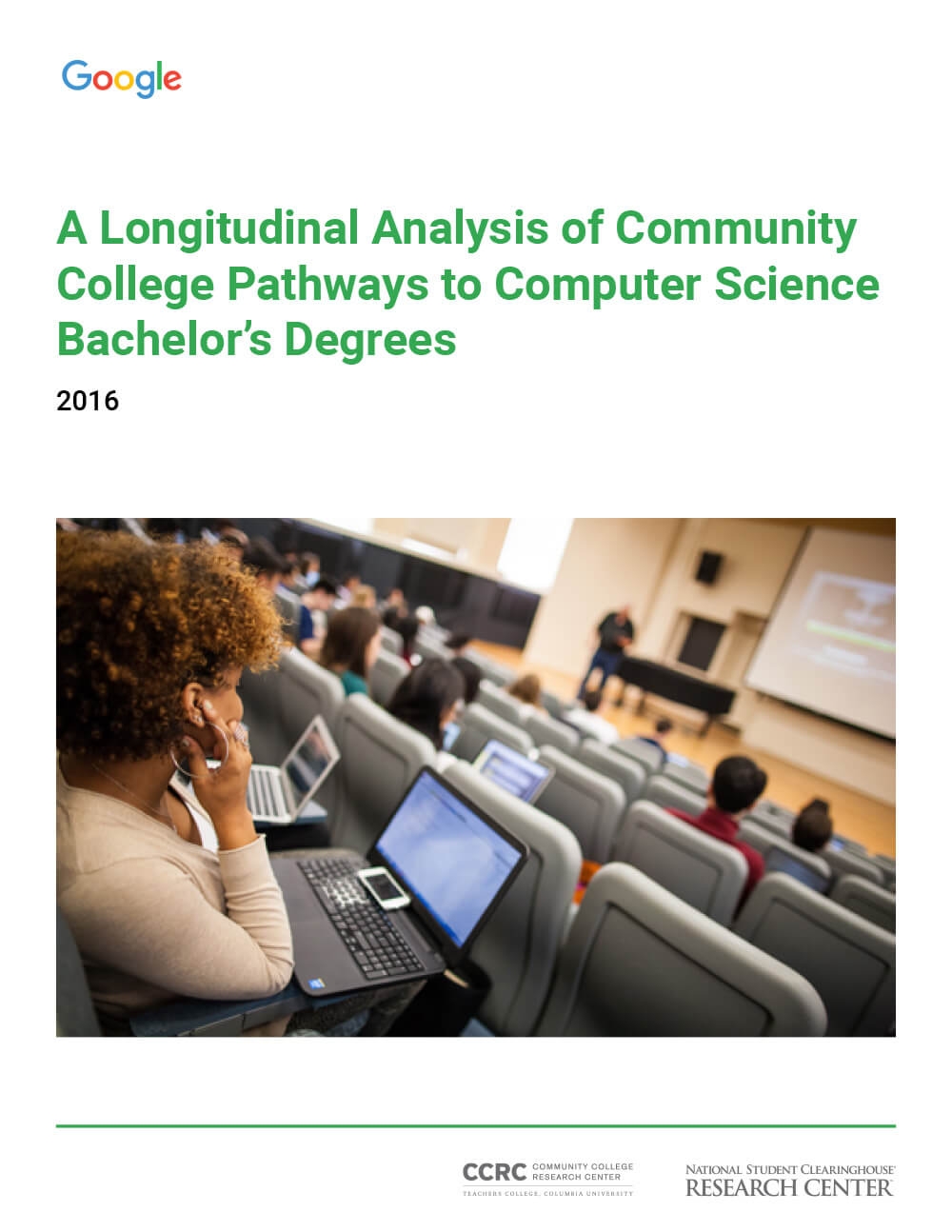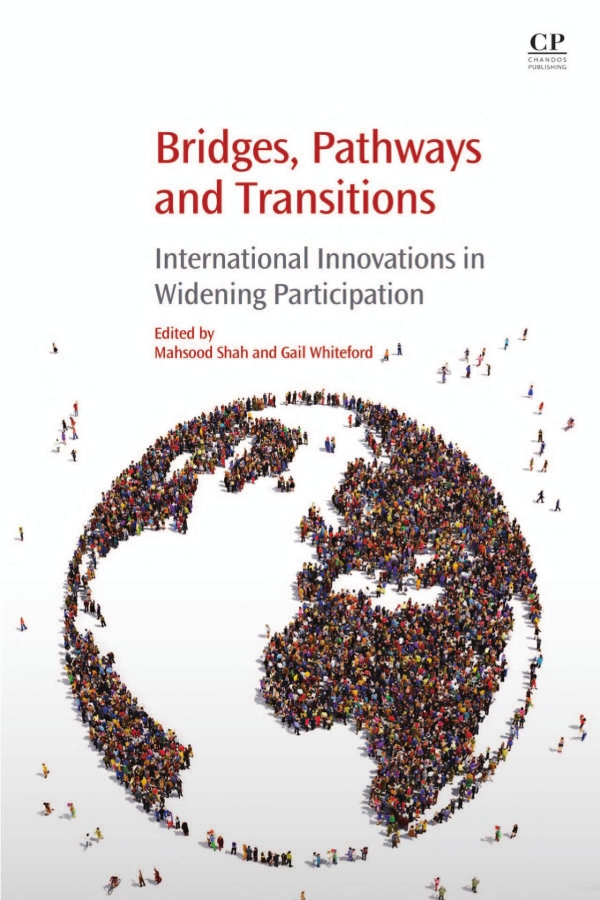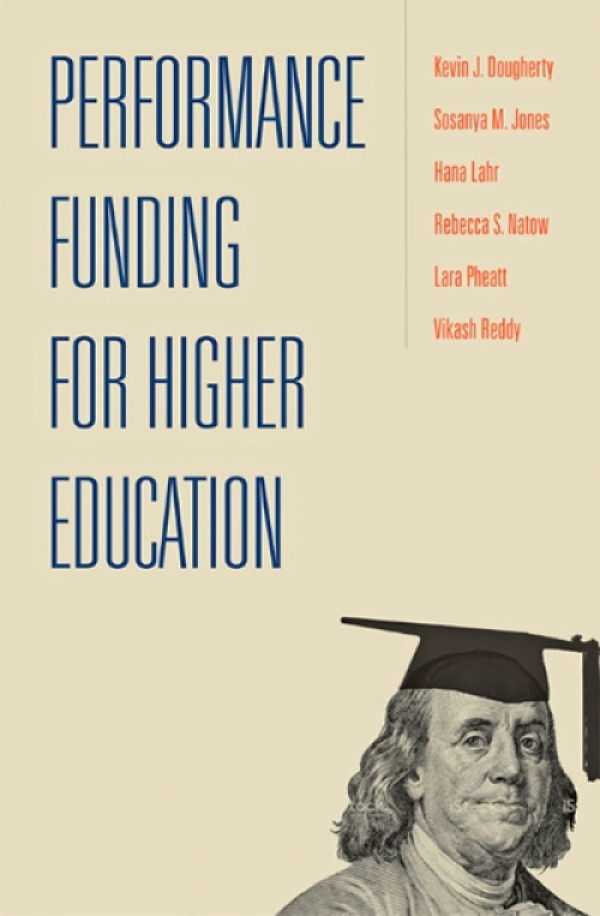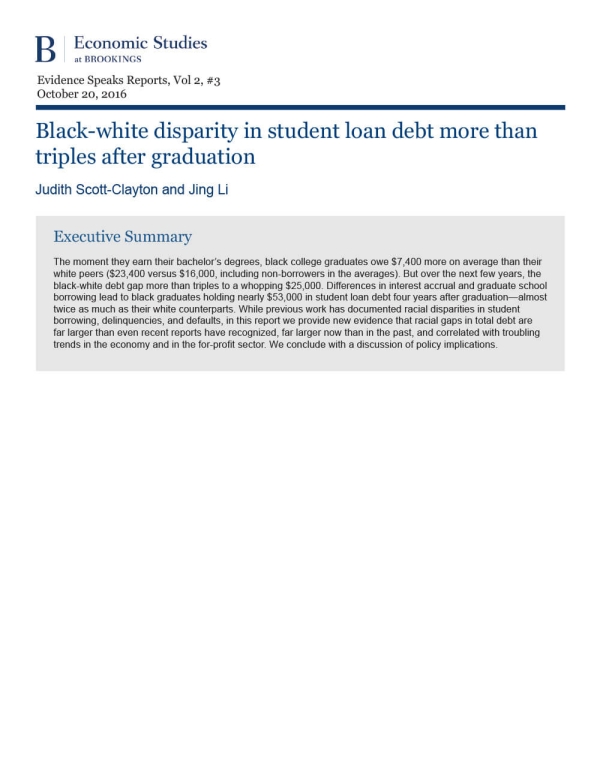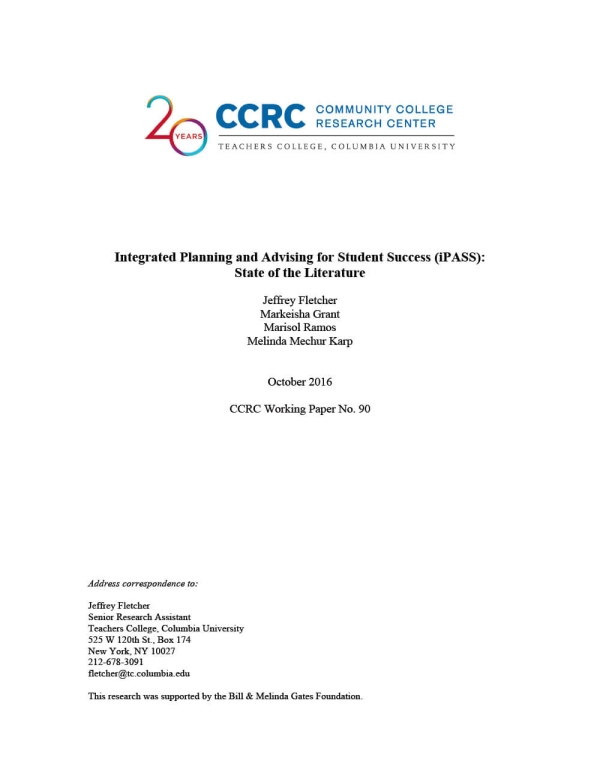December 2016
This chapter describes the structure and implementation of a redesign of developmental education in the Virginia Community College System, discusses preliminary descriptive findings from an evaluation of the redesign, and shares lessons for the field.

